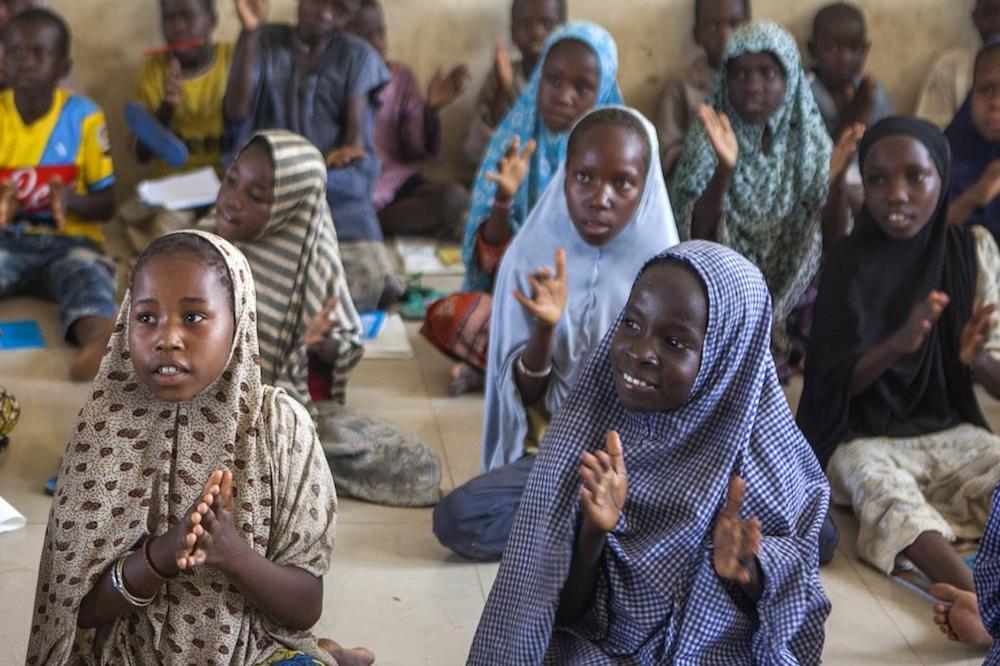
Education helped me to overcome the horrors of child labour in Kenya
Child labour
World Day Against Child Labour yesterday highlighted the plight of 168 million children across the globe. In this guest blog, a former street child from Kenya tells how he is now helping other children to get an education and fulfil their potential.
By Gilbert Ngaira, Country Programmes Manager of Kenya Alliance for Advancement of Children (KAACR)
This year’s World Day Against Child Labour looked at how to tackle child labour in supply chains.
And nowhere is it more relevant to break down the systematic engagement of children in child labour than in Africa, where – according to the International Labour Organization – around 59 million children and adolescents are engaged in hazardous work.
Children working in difficult environments like city streets, farms and mines are being unjustly denied their right to a childhood and the consequences stretch far beyond the terrible physical and emotional abuse they experience.
As a former street child, I was exposed throughout my life to the hardship of children who often run away from home because of terrible experiences like physical abuse and suffer the compounded psychological and emotional effects of working as a child.
Street children are forced to spend long hours in the hot sun collecting recyclable materials to supply manufacturers, working in bars, washing cars or doing basically any job for a fraction of what adults would earn.
After all, child labour is cheap. But it is also exploitive, dangerous and traumatising, and we can no longer allow employers to think that it’s simply a cost-effective means of production.
Child labour is a crime that robs children of their right to reach their full potential and should be treated as such.
In keeping with the theme of supply chains, I think beyond my own experience and of the prevalence of child labour throughout major sectors like agriculture.
A KAACR protest on last year’s World Day Against Child Labour Picture: Facebook/KAACR
Agri-business is said to be Africa’s next economic frontier – the World Bank estimates that by 2030 the continent will be generating $1 trillion from agriculture.
So I have to ask – how many children are (and will be) working long hours harvesting crops instead of learning to read and write?
Having lived on the streets in Kenya for seven years, I learned the true value of gaining an education.
Although I faced the same hardships as many of the children around me, I was fortunate enough to receive the support I needed to go to school as a child and I was able to turn my life around to the point that I am now a champion for street children in my country.
I have built a successful business and work full time as a Programme Manager with the Kenya Alliance for Advancement of Children (KAACR), a national umbrella body for NGOs to secure children’s rights.
I know that being able to go to school and learn was what allowed me to reach my potential both as a professional and as a person.
Of course, school is the best place for developing skills like reading and writing – but it also allowed me to interact and develop cognitive skills which other street children are deprived of learning as they work in hazardous environments.
My goal is now to pass on the support I received to help ensure that every child can spend the most crucial years of their early life in an environment where they can learn and grow – not work as cheap labour.
Education was the key for helping me to overcome the horrors of child labour. And I know that by replicating my story with the millions of other children throughout Africa, we can not only secure their futures but that of our continent.
More news

